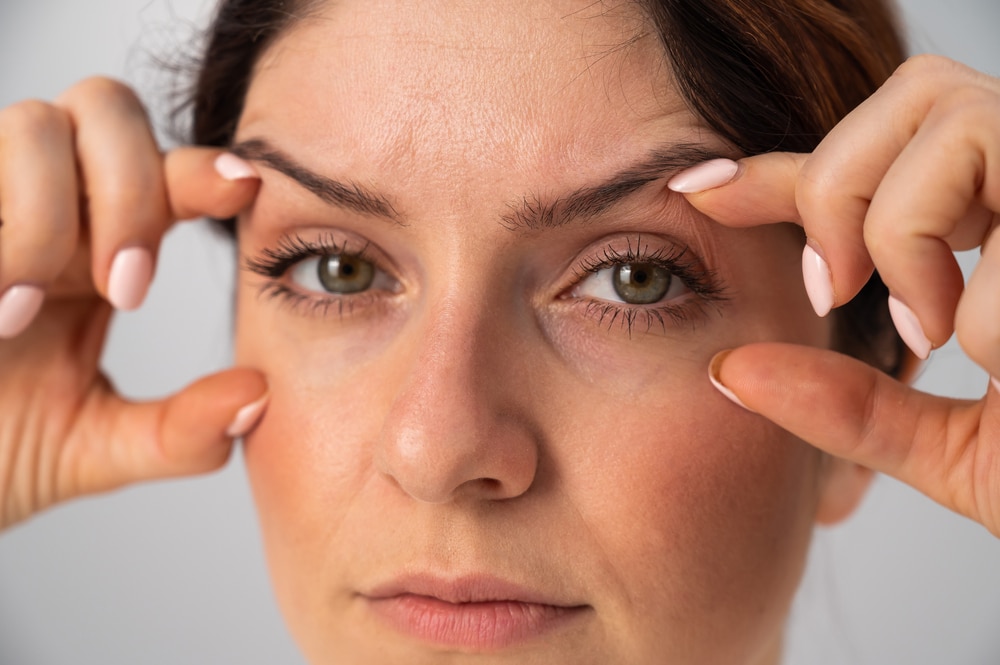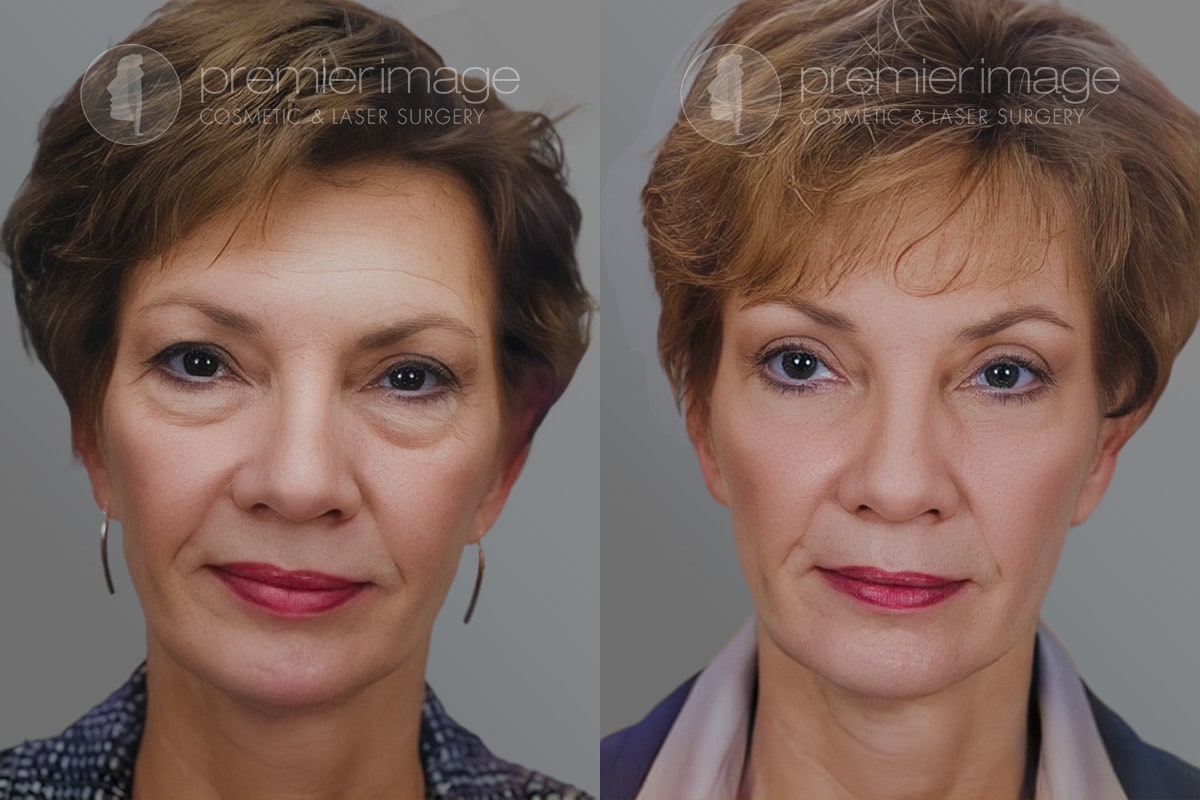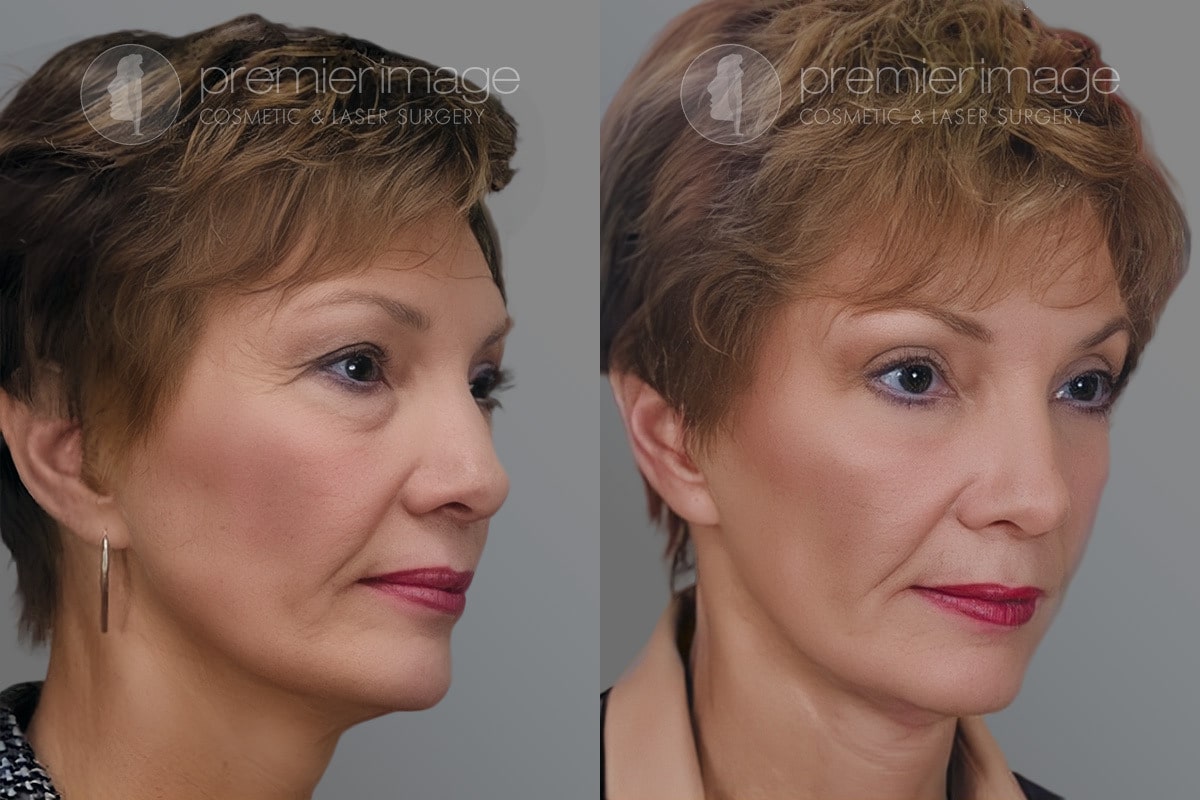For individuals looking to reduce the appearance of sagging or drooping eyelids, there is a common cosmetic surgery called blepharoplasty that can help rid you of extra skin and make your eyes look younger.
Many people opt for this procedure for cosmetic purposes, so cost consideration is a must. The final cost of blepharoplasty depends on many variables ranging from the type to the area in which you get it performed and the skill of surgery.

Critical Factors That Influence the Cost of Upper and Lower Blepharoplasty
- Prices do vary depending on the expertise and experience of the surgeon, facility fees as well as adding additional procedures.
- Lower blepharoplasty is a bit more expensive because it involves longer operating time and may need additional anesthesia.
- Price depends a lot on where in the country you are, and how advanced their equipment is.
- Blepharoplasty can be covered by insurance if considered medically necessary, such as sagging skin affecting vision.
- There are different ways to finance blepharoplasty, such as using your own money or medical credit cards that basically work as a loan with much higher interest rates and fees than traditional loans.
Upper Blepharoplasty: An Overview of Costs
One of the more common procedures that plastic surgeons do is an upper blepharoplasty. The cost of this type of eyelid lift surgery varies greatly, depending on some factors including:
- Surgeon’s Expertise: A board-certified plastic surgeon, such as Dr. Louis DeJoseph, will usually charge more because of the specialist in facial plastic surgery.
- Surgical Facility Costs: Whether your procedure is done in a hospital or an ambulatory surgery center, one of the greatest cost impacts comes from the surgical facility fees.
- Additional Procedures: More often than not, patients opt for additional treatments such as dermal fillers or double eyelid surgeries which will bring up your total cost.
Lower Blepharoplasty Pricing Explained
Lower eyelid surgery, even though it serves the same purpose as skin removal, is a more complicated procedure. So, what are the factors affecting their cost?
- Anesthesia Fees: This will range based on how long the surgery takes
- Medical Tests: As the patient prepares for surgery with additional testing, a few extra fees may be involved.
- Geographical Location: Prices in cosmopolitan areas such as San Francisco can be considerably higher.
Why Do Prices Vary Between Upper and Lower Procedures?
Typically board-certified plastic surgeons, such as Dr. DeJoseph Louis can increase the costs significantly because of their expertise in performing these types of surgeries and depending on what exactly you want to have done. Highly skilled surgeons from credible cosmetic surgery clinics may charge slightly higher as compared to others since they offer better expertise and a proven track record.

Secure Your Safe Procedure Experience with Dr. Louis DeJoseph
Join our satisfied clients who’ve experienced safe, effective treatments.
How Location Affects Blepharoplasty Cost
Furthermore, the cost of blepharoplasty surgery may be influenced by advanced surgical techniques and technology. Some peer-reviewed journals report on innovations in aesthetic surgery, and while these procedures may be more efficient and effective than previously practiced methods, they can come at a higher cost.
The Impact of Surgeon’s Skills on Price
The expertise of the surgeon, particularly a board-certified plastic surgeon like Dr. DeJoseph Louis, plays a crucial role in determining the price. Experienced surgeons from renowned cosmetic surgery clinics, like Stein Plastic Surgery or Cytryn Cosmetic Surgery, often charge more due to their high skill level and successful track records.
The Role of Technology in Blepharoplasty Cost
The incorporation of advanced surgical techniques and technology can also affect the cost of a blepharoplasty surgery. Innovations in aesthetic surgery, as discussed in publications like the Aesthetic Surgery Journal, often lead to more efficient and effective procedures but can come at a higher price.
Before and After Photos


* Each patient is unique and individual results may vary.
Insurance and Blepharoplasty: What You Need to Know
The vast majority of health insurance policies consider eyelid lift surgery to be elective cosmetic surgery, so it is usually not covered. If the surgery is being done for medical reasons such as obstructed peripheral vision due to droopy lids, some insurance plans may cover all or a portion of your costs. When considering your individual situation it is crucial to talk with a health insurance provider about whether surgery as described might be considered for coverage.
Preparing for Additional Costs in Blepharoplasty
Apart from the surgical procedure cost, there are additional costs to consider:
- Pre and Post-Operative Care: This includes consultations and follow-up visits.
- Prescriptions for Medications: Required medications for recovery can add to the overall cost.
- Revision Plastic Surgery: In rare cases, a revision surgery might be necessary, adding to the total expense.
Financing Options for Eyelid Surgery
Blepharoplasty, or eyelid surgery, is a sought-after cosmetic procedure that can dramatically enhance one’s appearance and, in some cases, improve vision impaired by drooping eyelids. However, like many cosmetic surgeries, the cost can be a significant consideration for potential patients. Understanding the various financing options available for blepharoplasty is crucial for those who want to undergo this procedure but are concerned about the financial commitment.
Personal Savings
One of the most straightforward methods to finance blepharoplasty is through personal savings. This approach allows for full payment without the need for loans or interest accrual. It requires considerable planning and saving, but it offers the peace of mind that comes with not incurring post-surgery debt.
Medical Credit Cards
Medical credit cards, specifically designed for health-related expenses, can be an option. These cards often come with introductory offers such as low-interest rates or interest-free periods. However, it’s important to understand the terms and conditions, as interest rates can be high after the introductory period.
Healthcare or Cosmetic Surgery Loans
There are loans specifically tailored for healthcare or cosmetic procedures. These loans can be obtained through financial institutions or directly through the surgeon’s office. They often offer a range of repayment options but do come with interest, which can increase the overall cost of the surgery.
Payment Plans through the Surgeon’s Office
Many plastic surgeons offer payment plans to their patients. These plans can often be customized to suit the patient’s financial situation, allowing for manageable monthly payments. This option can be particularly appealing as it is directly tied to the surgeon and the procedure, making the process streamlined and straightforward.
Home Equity Loans
For homeowners, a home equity loan can be a way to finance blepharoplasty. This option involves borrowing against the equity in your home. While it can provide lower interest rates, it’s important to consider the risks, as failure to repay the loan can have serious consequences.
Health Insurance (In Specific Cases)
In cases where blepharoplasty is deemed medically necessary — for instance, if droopy eyelids significantly impair vision — health insurance might cover part or all of the procedure. It’s vital to consult with your insurance provider and obtain necessary pre-approval.
Flexible Spending Accounts (FSAs) or Health Savings Accounts (HSAs)
For those with FSAs or HSAs, these accounts can be used to pay for medically necessary procedures. While typically not applicable for purely cosmetic surgeries, if part of the blepharoplasty is required for medical reasons, these accounts might be used to cover some costs.
Credit Cards
Regular credit cards can also be used, but this is often the least advisable option due to typically high interest rates. If choosing this route, it’s best to use a card with a low-interest rate or a promotional no-interest period.
Considerations Before Choosing a Financing Option
- Total Cost: Understand the full cost of the surgery, including any post-op care or additional expenses.
- Interest Rates: Compare interest rates and terms of different financing options.
- Repayment Terms: Consider your ability to meet the repayment terms without causing financial strain.
- Medical Necessity vs. Cosmetic Desire: Evaluate whether the surgery is a medical necessity, as this can influence insurance coverage and the use of FSAs or HSAs.
Ultimately, the choice of financing for blepharoplasty will depend on the individual’s financial situation, creditworthiness, and personal preferences. It’s advisable to thoroughly research and consider all available options and consult with financial advisors or the surgeon’s financial team to make an informed decision that aligns with one’s financial health and cosmetic goals.
Get Your Blepharoplasty with Dr. DeJoseph Louis
Choosing the right surgeon for your eyelid surgery is paramount. Dr. DeJoseph Louis, a renowned board-certified plastic surgeon, offers a wide range of plastic surgery procedures, including upper and lower blepharoplasty. His expertise ensures a personalized treatment plan, adhering to the highest standards of cosmetic eyelid surgery. Book Dr. DeJoseph today!
Frequently Asked Questions about Blepharoplasty Cost
The average cost of upper blepharoplasty can vary based on factors like the surgeon’s expertise, geographical location, and the complexity of the surgical procedure.
Lower blepharoplasty costs are influenced by similar factors as upper blepharoplasty, but they may vary due to the different surgical techniques involved.
Insurance coverage for eyelid surgery is generally limited to cases where the surgery is deemed medically necessary. Each individual insurance plan differs, so consulting with your insurance provider is essential.
Yes, there can be additional costs, including post-surgery care, prescriptions for medications, and potential follow-up surgeries.
Dr. DeJoseph, a well-respected, board-certified plastic surgeon, offers personalized care and advanced surgical techniques, ensuring high-quality results for both cosmetic and reconstructive eyelid surgeries.